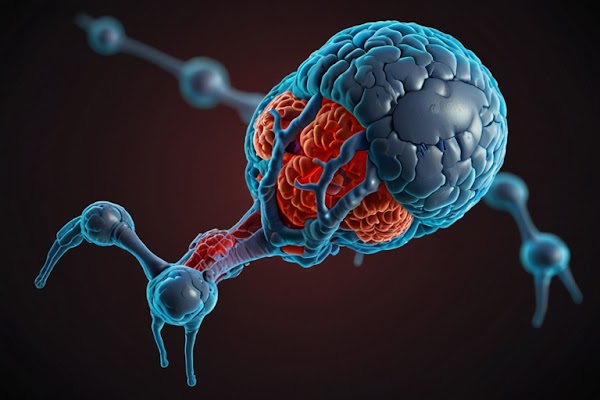Endocrinology Anatomy MBBS basic science MCQ , CEE ,Nepal
MBBS Basic Science: Endocrine System Overview
Structure of the Endocrine System
The endocrine system comprises a network of glands that produce and secrete hormones directly into the bloodstream, regulating various physiological processes throughout the body. Key glands include the pituitary, thyroid, parathyroids, adrenal glands, pancreas, ovaries, and testes. Each gland has a specific role in hormone production and secretion, influencing growth, metabolism, reproduction, and homeostasis.
Hormonal Regulation
Hormones are chemical messengers that travel through the bloodstream to target organs, where they bind to specific receptors and elicit responses. The interaction of hormones and receptors triggers a cascade of physiological changes. For example, insulin, produced by the pancreas, facilitates glucose uptake in cells, thereby regulating blood sugar levels. Conversely, glucagon, also from the pancreas, raises blood sugar levels when needed.
Feedback Mechanisms
The endocrine system relies heavily on feedback mechanisms to maintain homeostasis. Negative feedback loops are common; for instance, elevated levels of thyroid hormones (T3 and T4) inhibit the release of thyroid-stimulating hormone (TSH) from the pituitary gland, reducing hormone production. Positive feedback loops are less common but vital in certain situations, such as the release of oxytocin during childbirth, which stimulates uterine contractions.
Hormonal Control of Metabolism
Metabolic processes are intricately regulated by hormones. The thyroid hormones (T3 and T4) increase the basal metabolic rate, while cortisol, produced by the adrenal cortex, plays a role in glucose metabolism and stress response. The interplay between insulin and glucagon ensures proper glucose metabolism, highlighting the importance of these hormones in energy balance.
Reproductive Hormones
The endocrine system also governs reproductive functions. In females, hormones such as estrogen and progesterone regulate the menstrual cycle and pregnancy, while in males, testosterone is crucial for sperm production and secondary sexual characteristics. The hypothalamic-pituitary-gonadal axis orchestrates these reproductive hormone levels, demonstrating the system's complexity.
Clinical Significance
Understanding the endocrine system's physiology is vital for diagnosing and treating endocrine disorders such as diabetes mellitus, thyroid disorders, adrenal insufficiency, and polycystic ovary syndrome (PCOS). The MBBS curriculum emphasizes these principles, preparing students for clinical practice where they can apply their knowledge to effectively diagnose and manage endocrine pathologies.


 Posted by
Posted by 